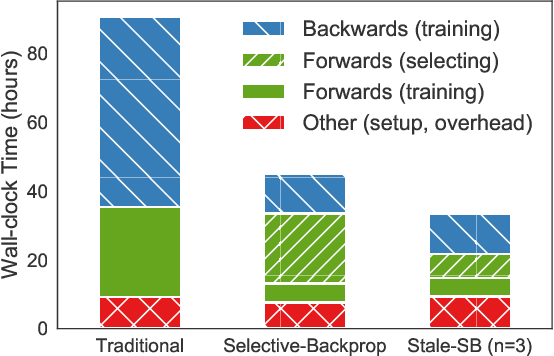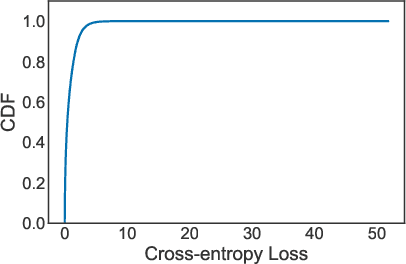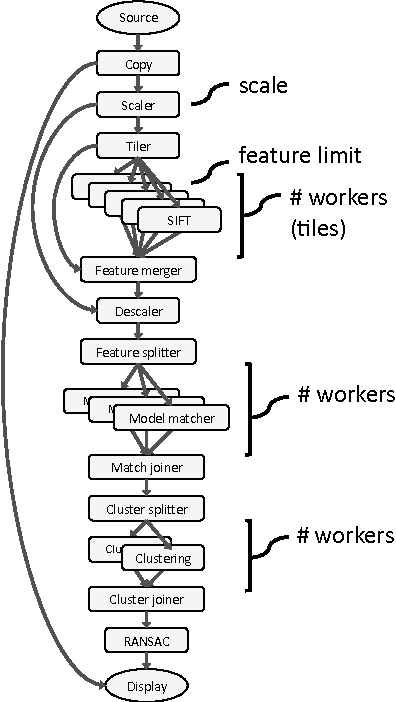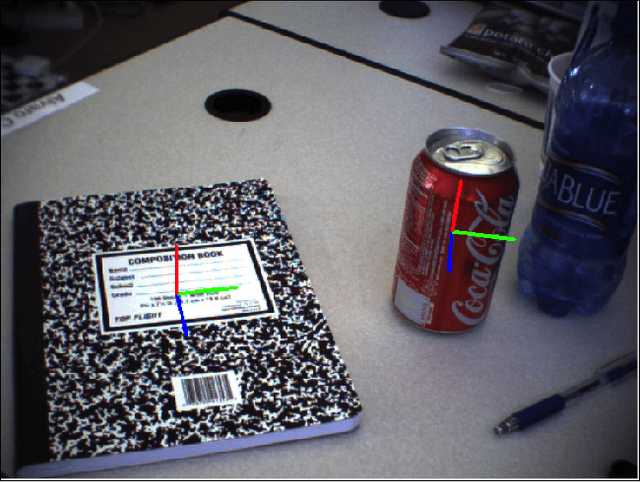Padmanabhan Pillai
Accelerating Deep Learning by Focusing on the Biggest Losers
Oct 02, 2019



Abstract:This paper introduces Selective-Backprop, a technique that accelerates the training of deep neural networks (DNNs) by prioritizing examples with high loss at each iteration. Selective-Backprop uses the output of a training example's forward pass to decide whether to use that example to compute gradients and update parameters, or to skip immediately to the next example. By reducing the number of computationally-expensive backpropagation steps performed, Selective-Backprop accelerates training. Evaluation on CIFAR10, CIFAR100, and SVHN, across a variety of modern image models, shows that Selective-Backprop converges to target error rates up to 3.5x faster than with standard SGD and between 1.02--1.8x faster than a state-of-the-art importance sampling approach. Further acceleration of 26% can be achieved by using stale forward pass results for selection, thus also skipping forward passes of low priority examples.
Automatic Tuning of Interactive Perception Applications
Mar 15, 2012



Abstract:Interactive applications incorporating high-data rate sensing and computer vision are becoming possible due to novel runtime systems and the use of parallel computation resources. To allow interactive use, such applications require careful tuning of multiple application parameters to meet required fidelity and latency bounds. This is a nontrivial task, often requiring expert knowledge, which becomes intractable as resources and application load characteristics change. This paper describes a method for automatic performance tuning that learns application characteristics and effects of tunable parameters online, and constructs models that are used to maximize fidelity for a given latency constraint. The paper shows that accurate latency models can be learned online, knowledge of application structure can be used to reduce the complexity of the learning task, and operating points can be found that achieve 90% of the optimal fidelity by exploring the parameter space only 3% of the time.
 Add to Chrome
Add to Chrome Add to Firefox
Add to Firefox Add to Edge
Add to Edge